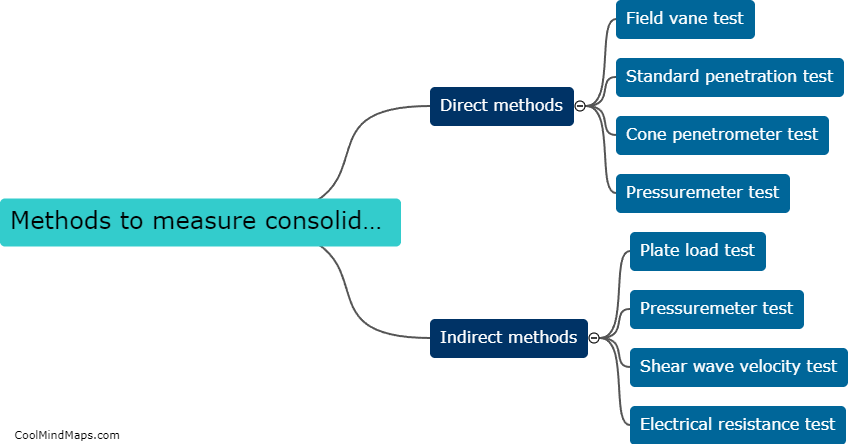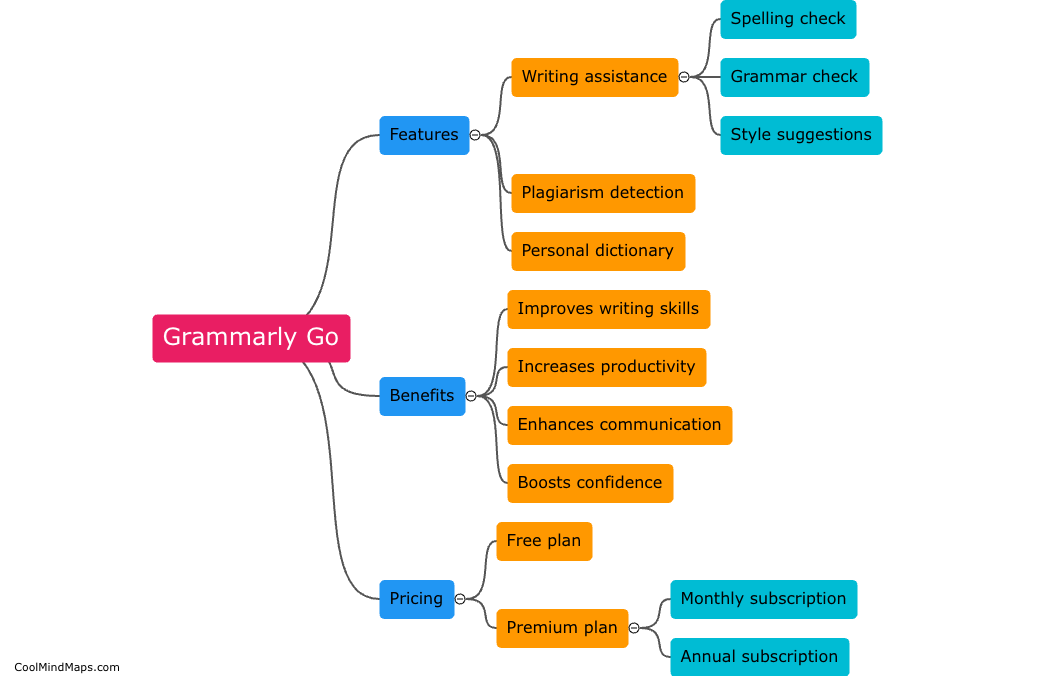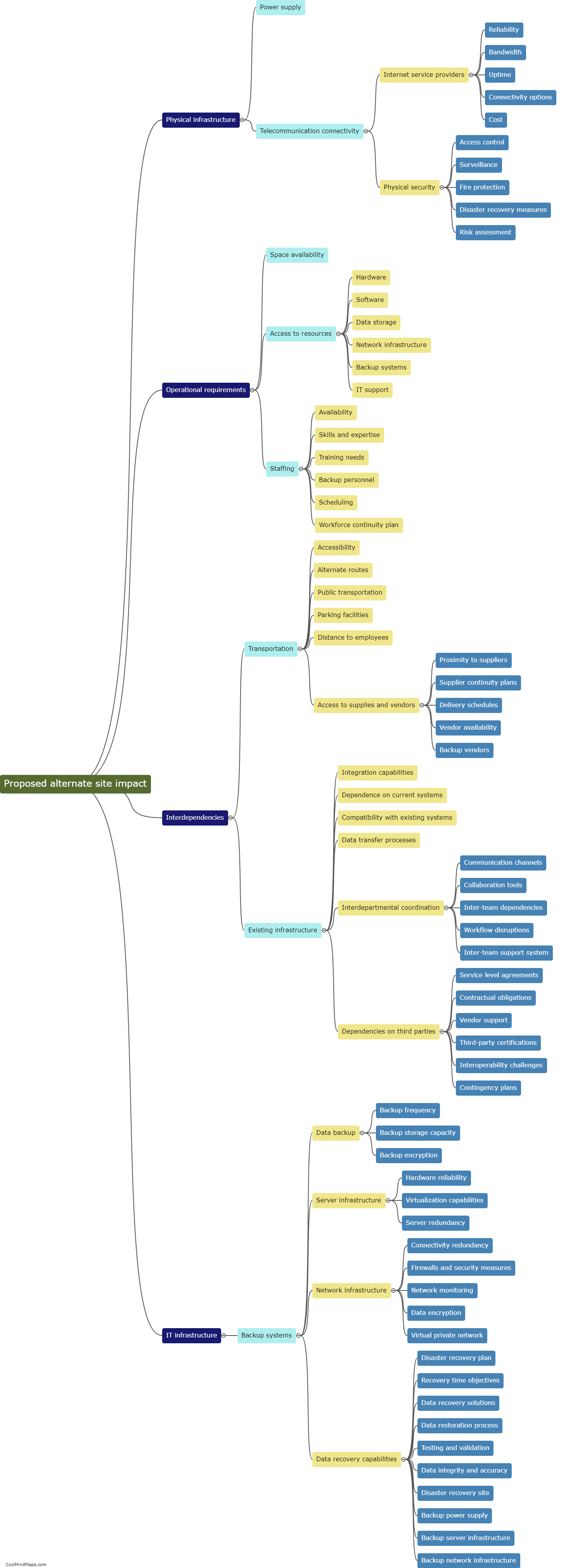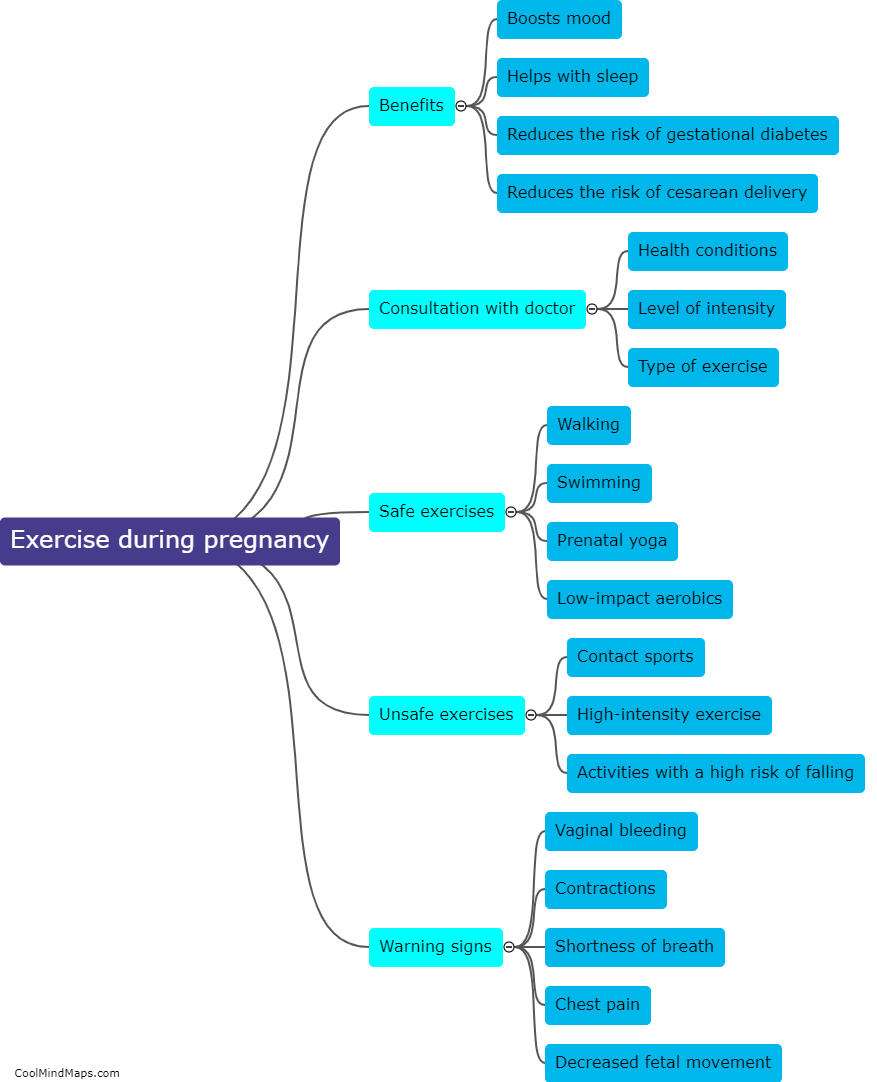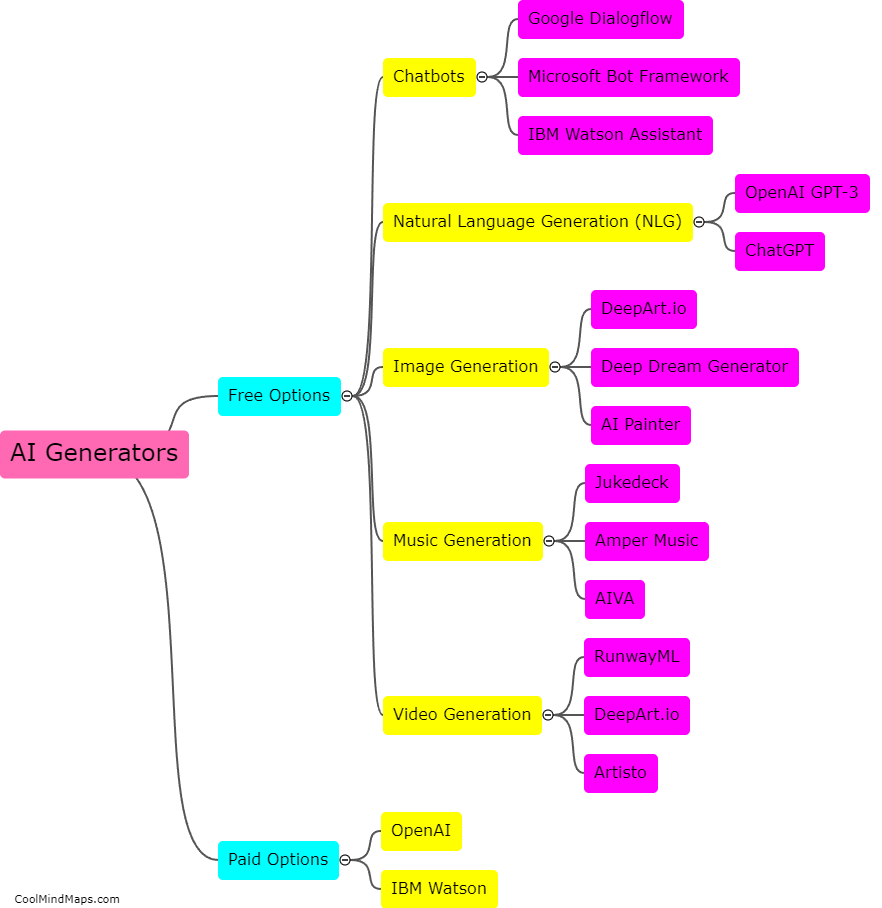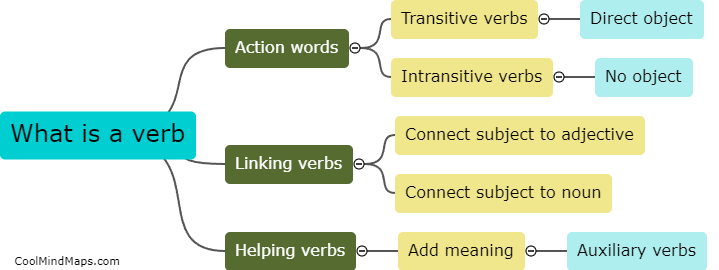What are the key components of feature integration theory?
Feature integration theory, also known as FIT, is a cognitive theory introduced by Anne Treisman in 1980 to explain how our brain processes visual stimuli. It proposes that there are two main components involved in the perception of objects: preattentive processing and focused attention. Preattentive processing refers to the automatic and effortless extraction of basic visual features (e.g., color, shape, orientation) from the environment. This step occurs independently of conscious attention. Focused attention, on the other hand, involves the integration of these individual features into coherent objects or perceptual units. According to FIT, attention acts as the "glue" that binds the features together, allowing us to perceive complex objects in our environment. Overall, the key components of feature integration theory involve the initial extraction of features through preattentive processing and the subsequent binding of those features through focused attention.

This mind map was published on 21 October 2023 and has been viewed 112 times.
